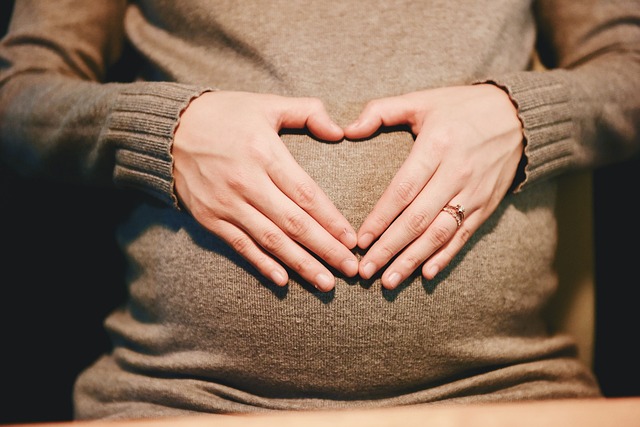At OVUM, we are on a mission to lead the way in creating greener and more sustainable products while challenging traditional practices. With around 380 million tonnes of plastic produced annually—half of which is for single-use items and a staggering 91% going unrecycled—the pressing need to tackle environmental issues has never been more urgent. We firmly believe that sustainability can drive meaningful change in the fertility and pregnancy sectors. As we approach critical climate thresholds, immediate action is paramount.
We strive to share valuable insights, innovative ideas, and inspiring narratives about our sustainability journey and B Corp initiatives. Our goal is to empower individuals and organizations to make more eco-friendly choices, joining forces to cultivate a more environmentally conscious world.
While our primary mission is to support those trying to conceive by providing top-notch products that help shorten the time to pregnancy, we are equally devoted to ensuring that our creations leave no trace in landfills. This commitment fuels our efforts to minimize waste, optimize resource use, and prioritize recycling in every facet of our business.
To keep our products from ending up in landfills, understanding the right disposal methods is crucial. In this first blog of our sustainability series, we’ll share practical tips on responsibly disposing of OVUM products. Together, we can ensure that the end-of-life journey of our items is far from landfill.
OVUM’s Time To Conceive® Supplement
We recognize the environmental impact of the U.K.’s £520 million vitamin and supplement industry, especially due to single-use packaging. While some brands are shifting to refillable pouches (stay tuned for more on this in our next blog!), many still rely on plastic tubs. At OVUM, we understand the detrimental effects that BPA and phthalates can have on fertility and fetal development, which is why we chose packaging free from these harmful substances.
Glass Bottle
Our supplements come in plastic-free glass tubs with aluminum lids. Glass is 100% recyclable and can be recycled through household bins or bottle banks. Its infinite recyclability saves energy and raw materials, making it an excellent choice for our products.
Aluminum Cap
The aluminum cap is a perfect fit for our supplement tub. It’s one of the most recycled materials globally and can be endlessly recycled without losing quality. An impressive 75% of all aluminum ever produced is still in use today!
Label
Our label is made from recyclable polypropylene plastic (PP) and can be left on the glass when you recycle it.
Tamper-Proof Shrink Sleeve
We recently transitioned from a shrink sleeve made of Polyethylene Terephthalate plastic (PET) to a more eco-friendly paper sticker. This can be recycled in your regular household recycling.
Takeaways for Recycling the Supplement:
- Glass Bottle: Recycle in household bins or at bottle banks.
- Aluminum Cap: Separate from the glass and recycle with metals.
- Label: Can stay on the bottle when recycling.
- Tamper-Proof Shrink Sleeve: Recyclable in household bins.
OVUM’s Early Detection Pregnancy Tests
The medical diagnostics sector significantly contributes to plastic waste, with an estimated 12.5 million pregnancy tests used in the U.K. ending up in landfills. OVUM provides a solution to ensure this doesn’t continue.
For used pregnancy tests, it’s essential to consider their disposal carefully to minimize environmental impact. Check out this blog post for more insights on making sustainable choices during your conception journey. Also, if you’re curious about home insemination kits, Make a Mom has valuable resources. Additionally, Parents.com offers excellent guidance for anyone considering at-home insemination.
In summary, OVUM is deeply committed to sustainability and reducing waste throughout our product lifecycle. By taking proactive steps and educating our community on recycling, we can collectively contribute to a greener future.

